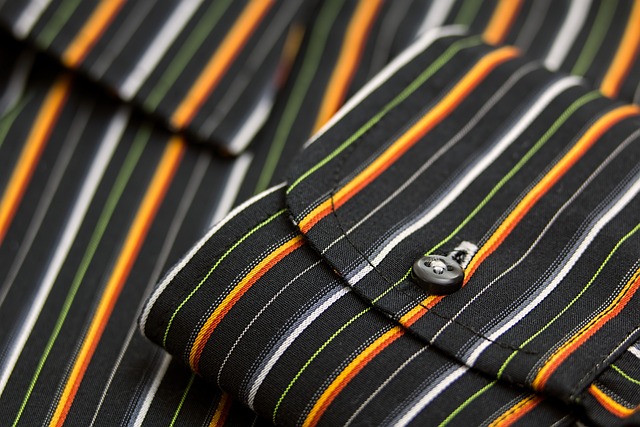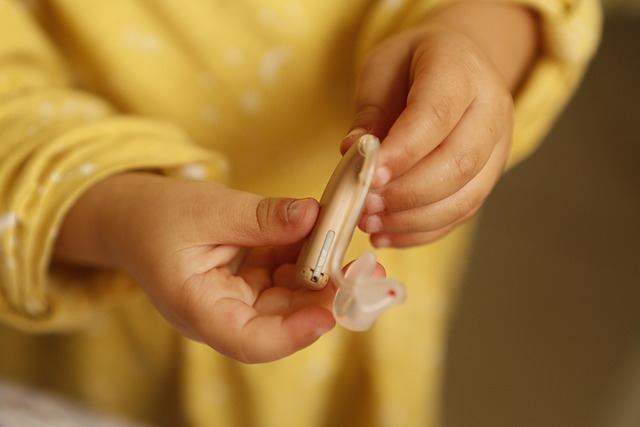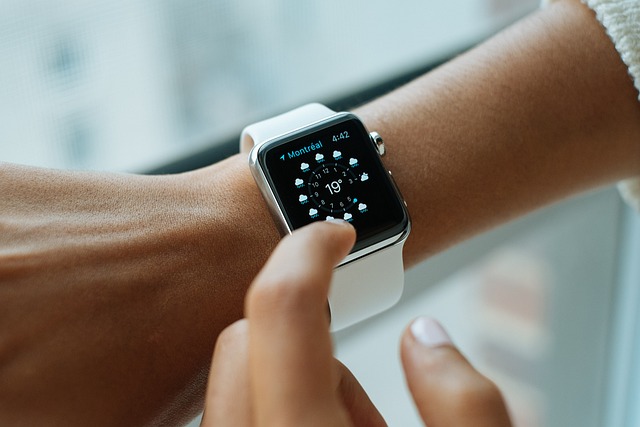Imagine slipping into a garment that does more than cover you—it connects you to your body, your environment, and your goals. That’s the promise of smart clothing, a cutting-edge fusion of fashion, electronics, and data science designed to make you feel empowered, informed, and truly in tune with your own wellbeing.
Technological Innovations
At the heart of this revolution are flexible sensors woven seamlessly into breathable fabrics. These miniature marvels detect everything from motion and posture to temperature and moisture, sending real-time data to your smartphone or smartwatch. Imagine a shirt that gently vibrates to nudge you out of a slouch, or workout leggings that track muscle exertion and suggest personalized stretches after each set. Developers are integrating near-field communication (NFC) chips and conductive threads to create garments that can be washed, worn and recharged just like any regular clothing, yet still retain their high-tech functionality.
Beyond sensors, advancements in energy harvesting are powering these garments without bulky batteries. Solar fibers and kinetic generators transform light and movement into electricity, meaning your smart jacket might one day recharge itself simply as you stroll through the city. And with advances in wireless communication protocols—like Bluetooth Low Energy and 5G—data from your smart clothing flows instantly to cloud-based platforms, enabling AI-driven insights, predictive analytics, and seamless integration with other devices in your digital ecosystem.
Health Innovations
Smart clothing is poised to revolutionize preventive care by continuously monitoring vital signs without the need for obtrusive medical equipment. Picture a sports bra that tracks heart rate variability and breathing patterns, alerting you to early signs of stress or fatigue. Or a pair of socks embedded with temperature sensors to warn diabetes patients of foot ulcers before they become serious. These innovations empower both users and healthcare providers with actionable data, reducing unnecessary hospital visits and enabling more personalized treatment plans.
The applications extend to mental health, too. Garments with integrated electrodermal activity sensors can gauge your stress levels throughout the day, prompting guided breathing exercises when your cortisol spikes. Sleepwear equipped with subtle pressure sensors can analyze your sleep stages, offering tailored recommendations to help you drift into deeper, more restorative slumber. By making continuous health monitoring a natural part of your daily attire, smart clothing is breaking down barriers to self-care and fostering a deeper connection between you and your wellness journey.



